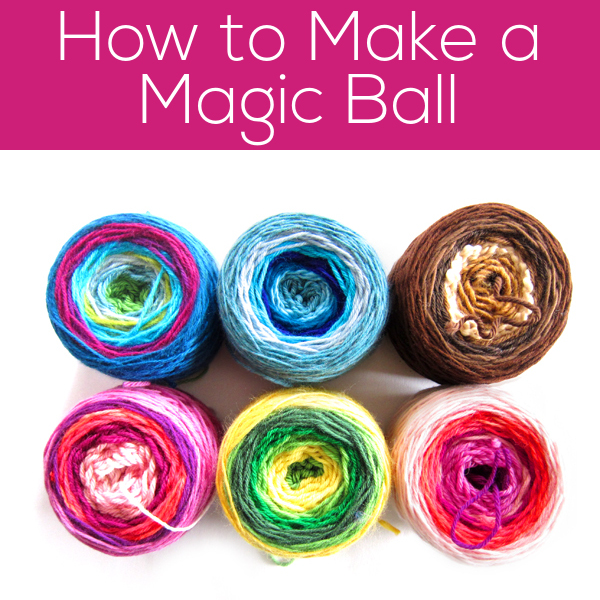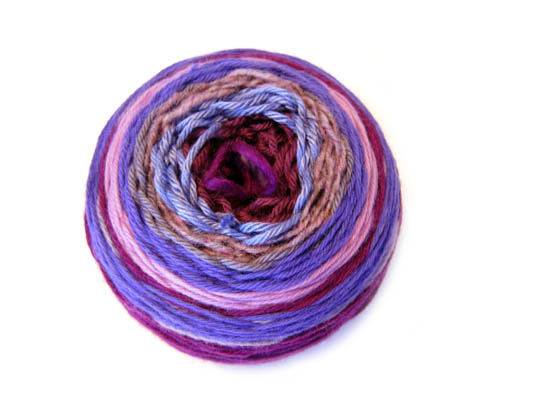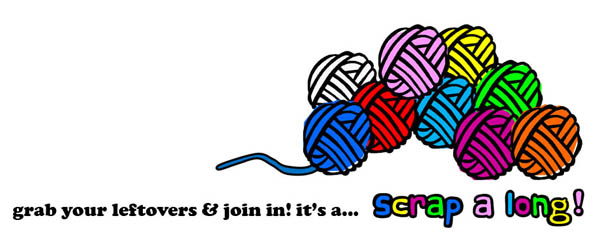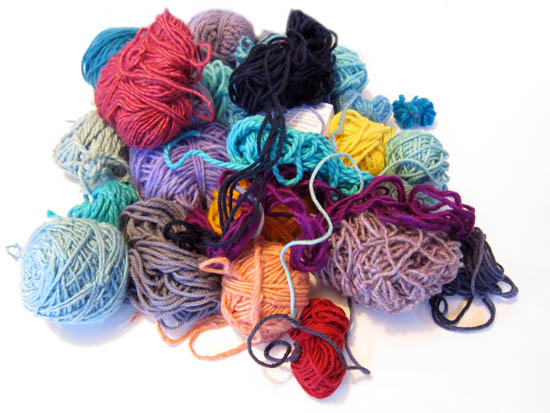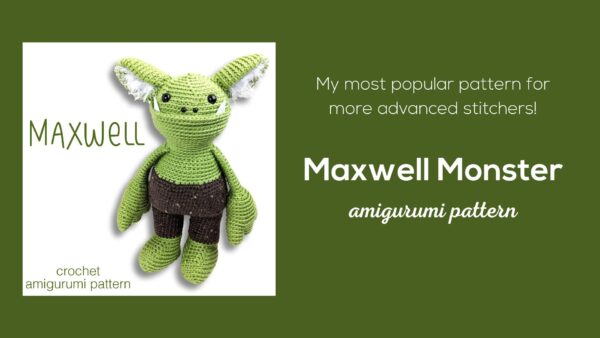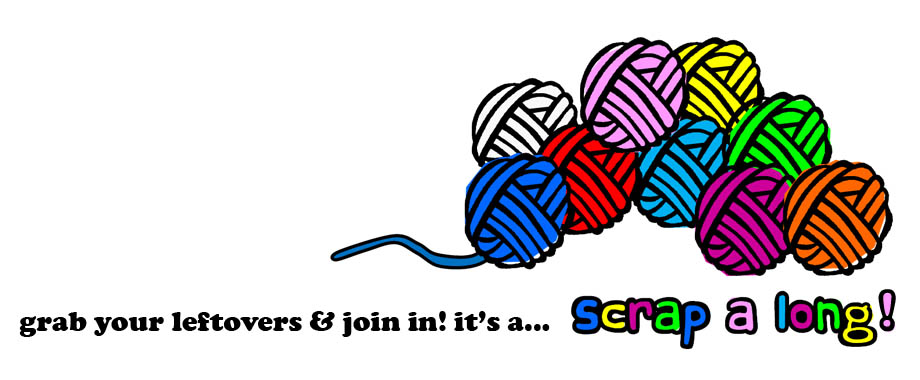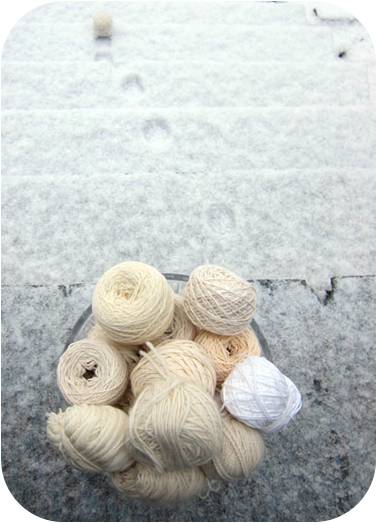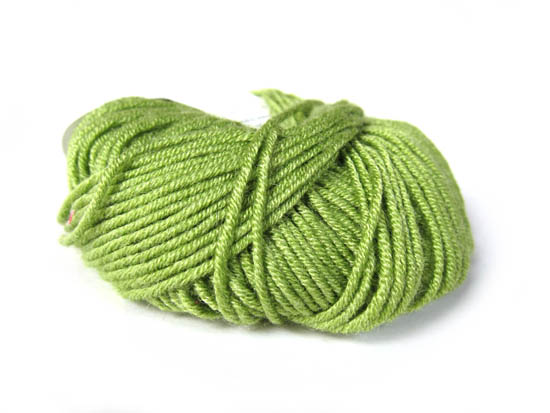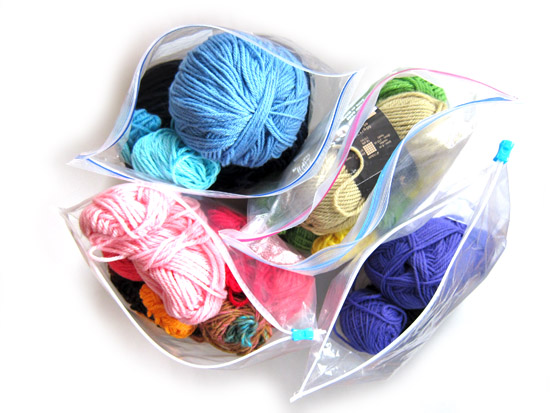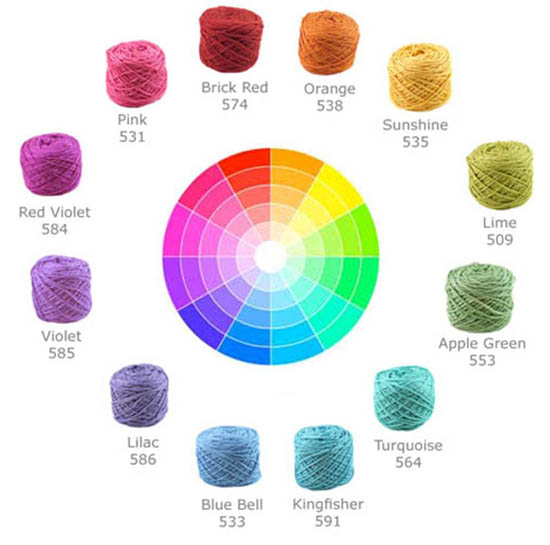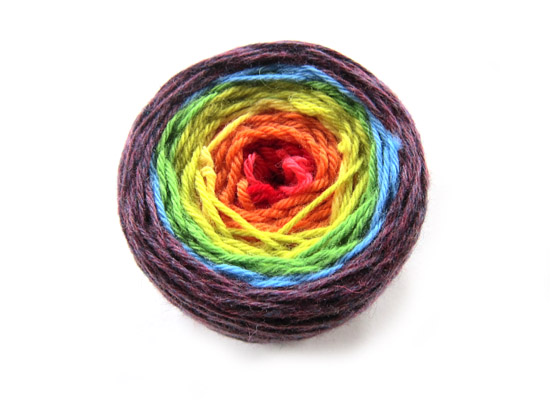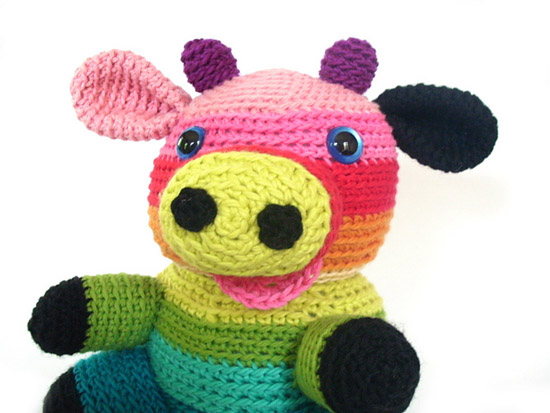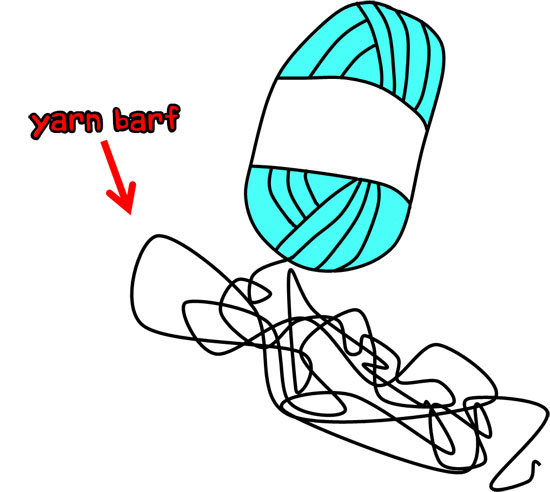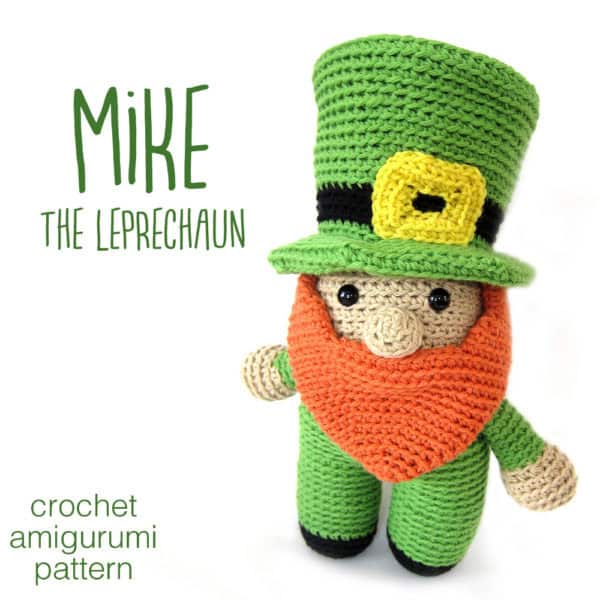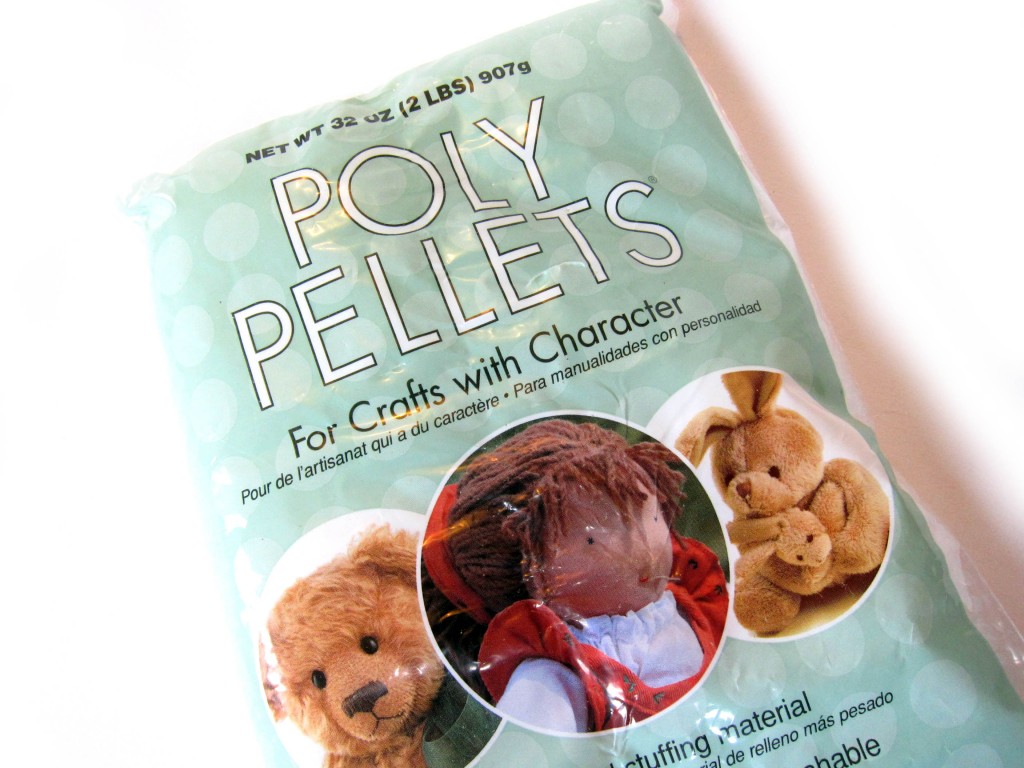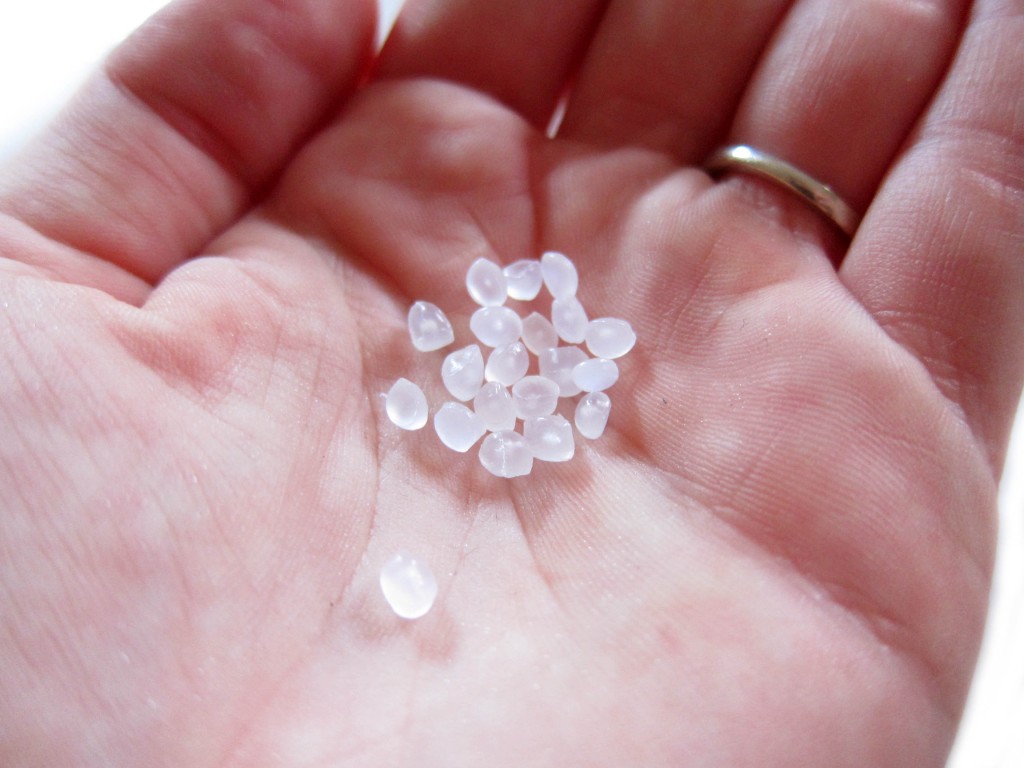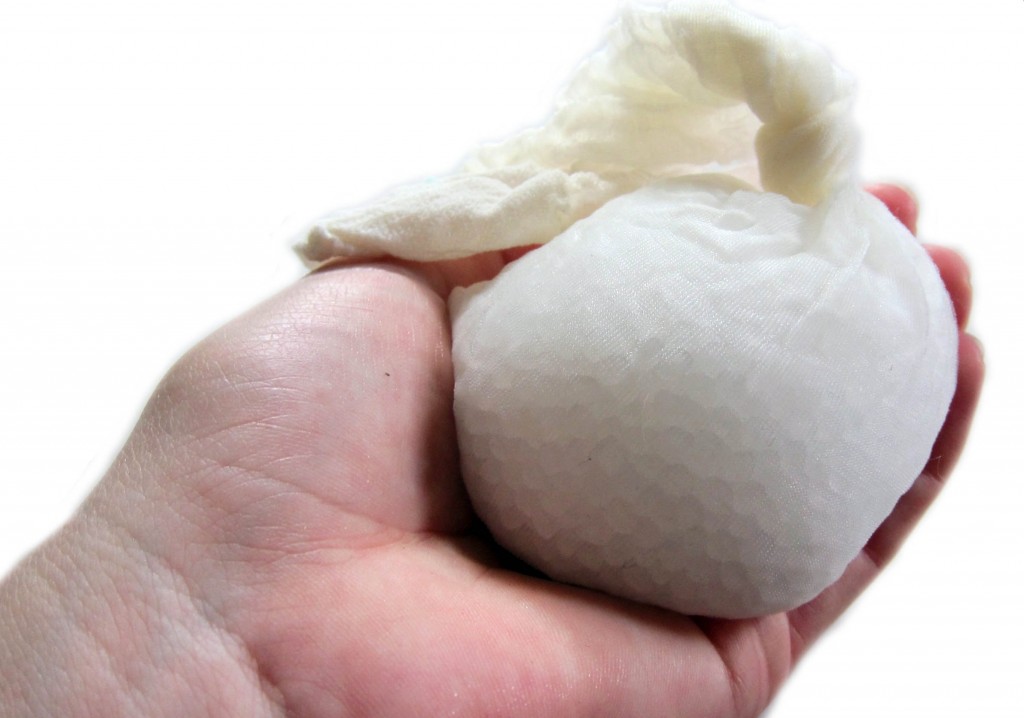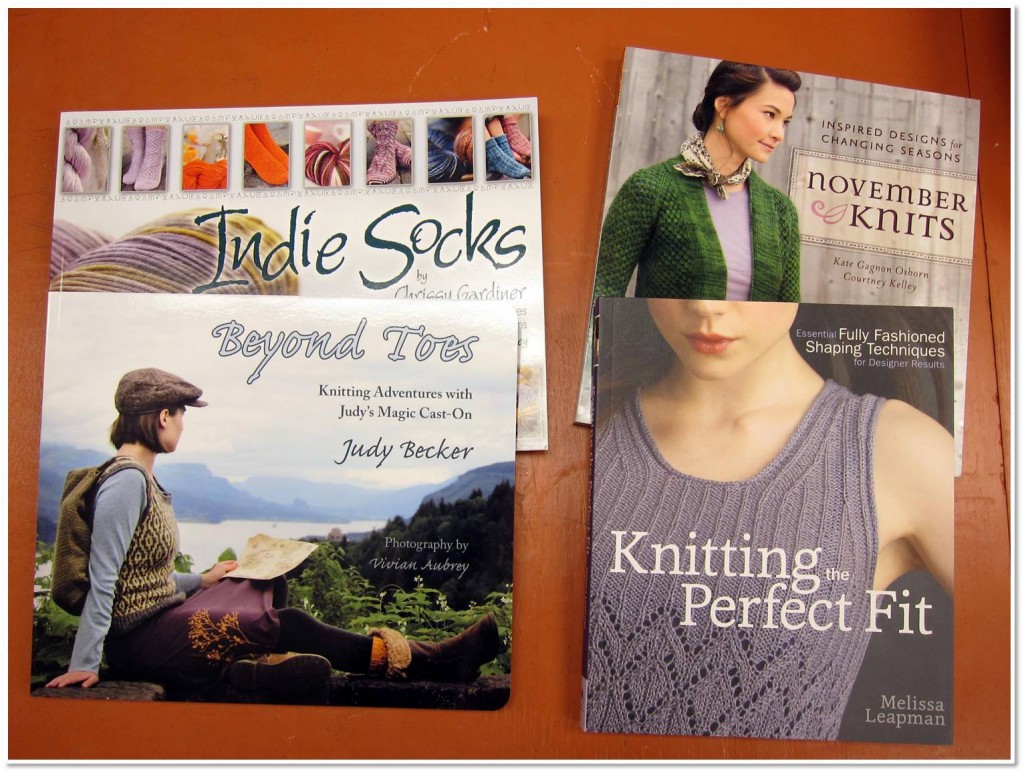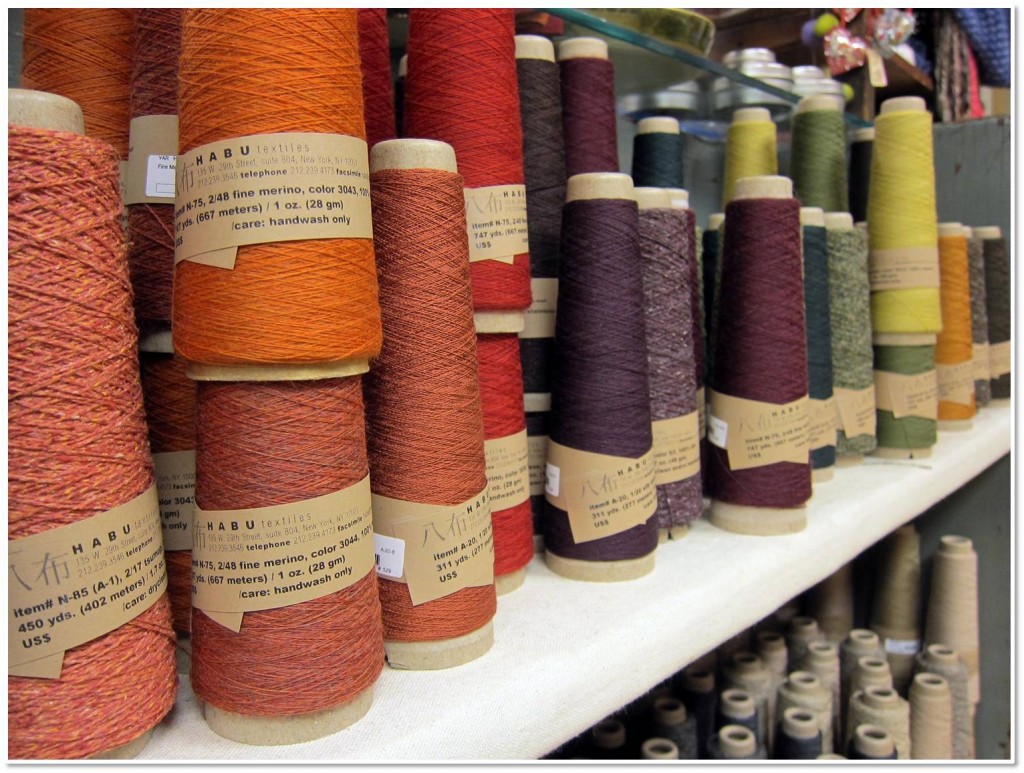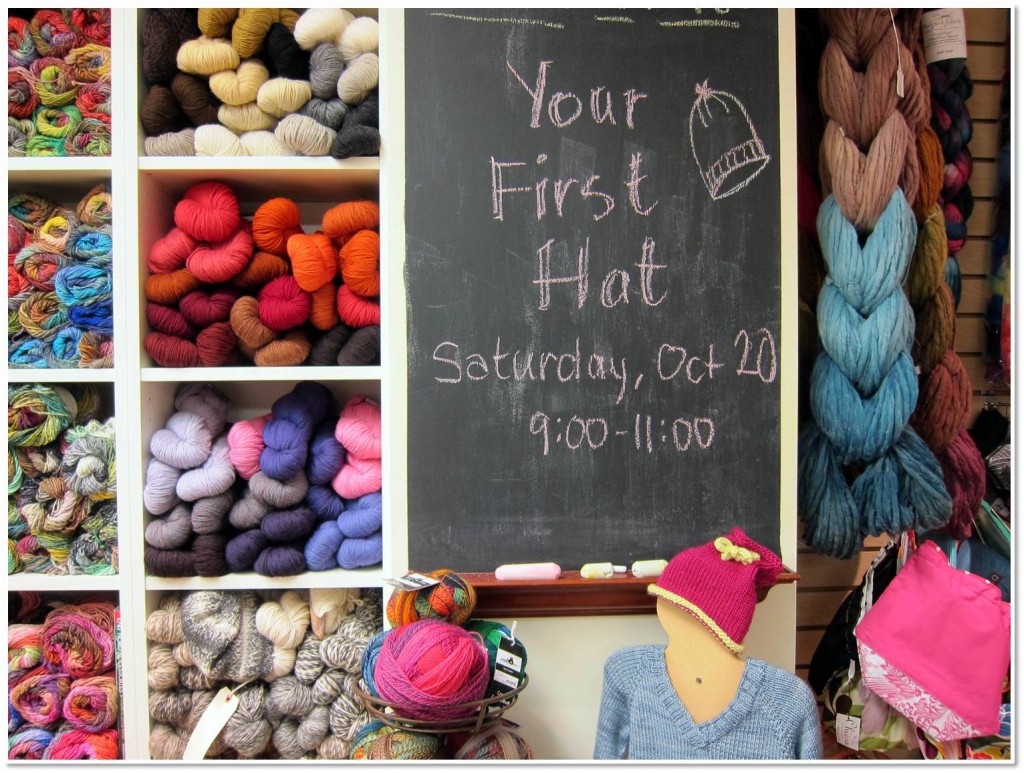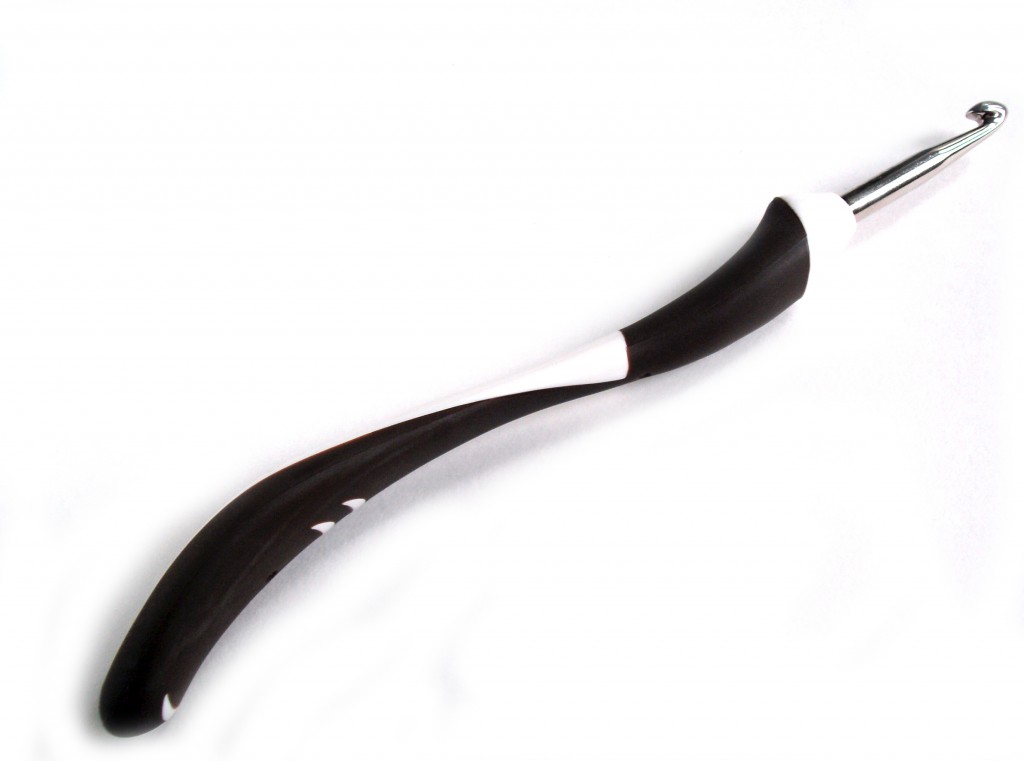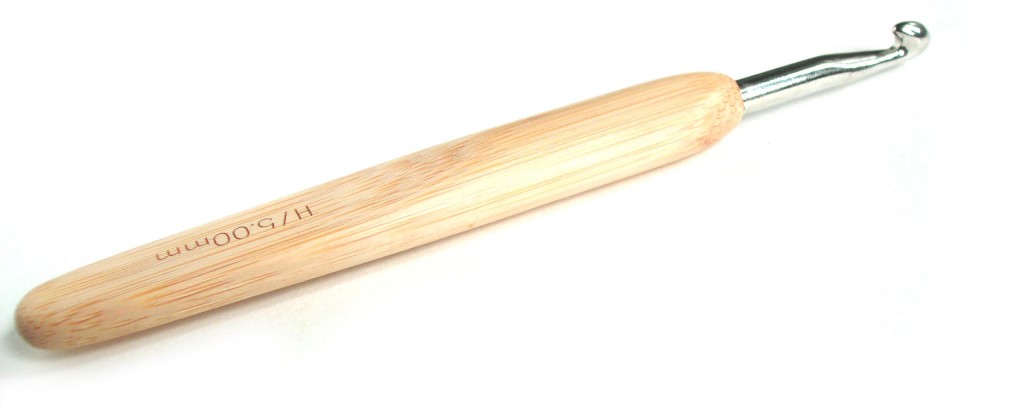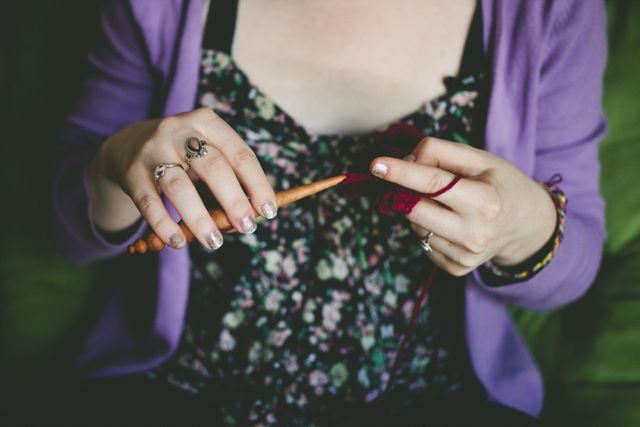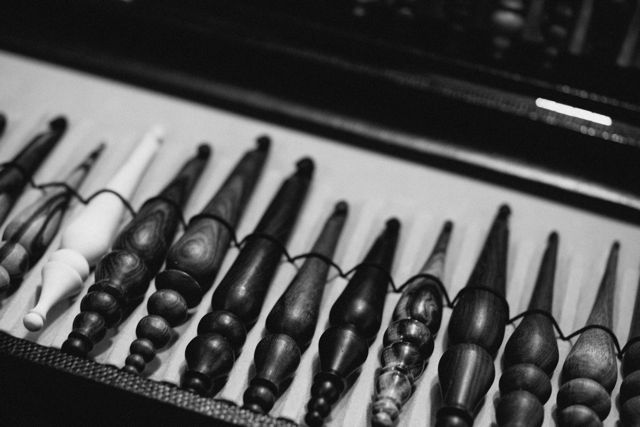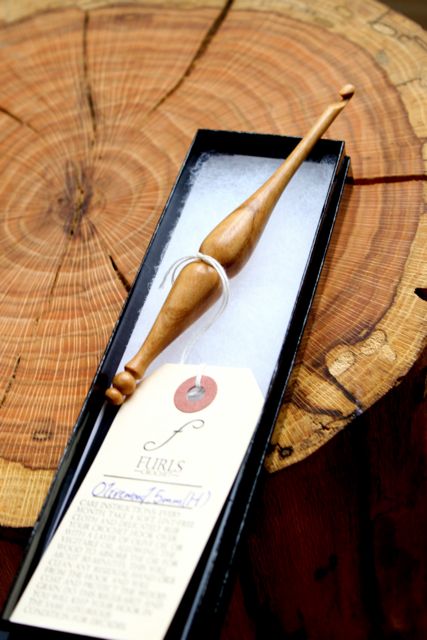It’s a question I get asked quite often: “Is my child ready to learn to crochet?”
Of course, children develop skills at different ages, so you’ll need to pay attention to your child’s skill set, instead of waiting for them to ‘hit the perfect age’.
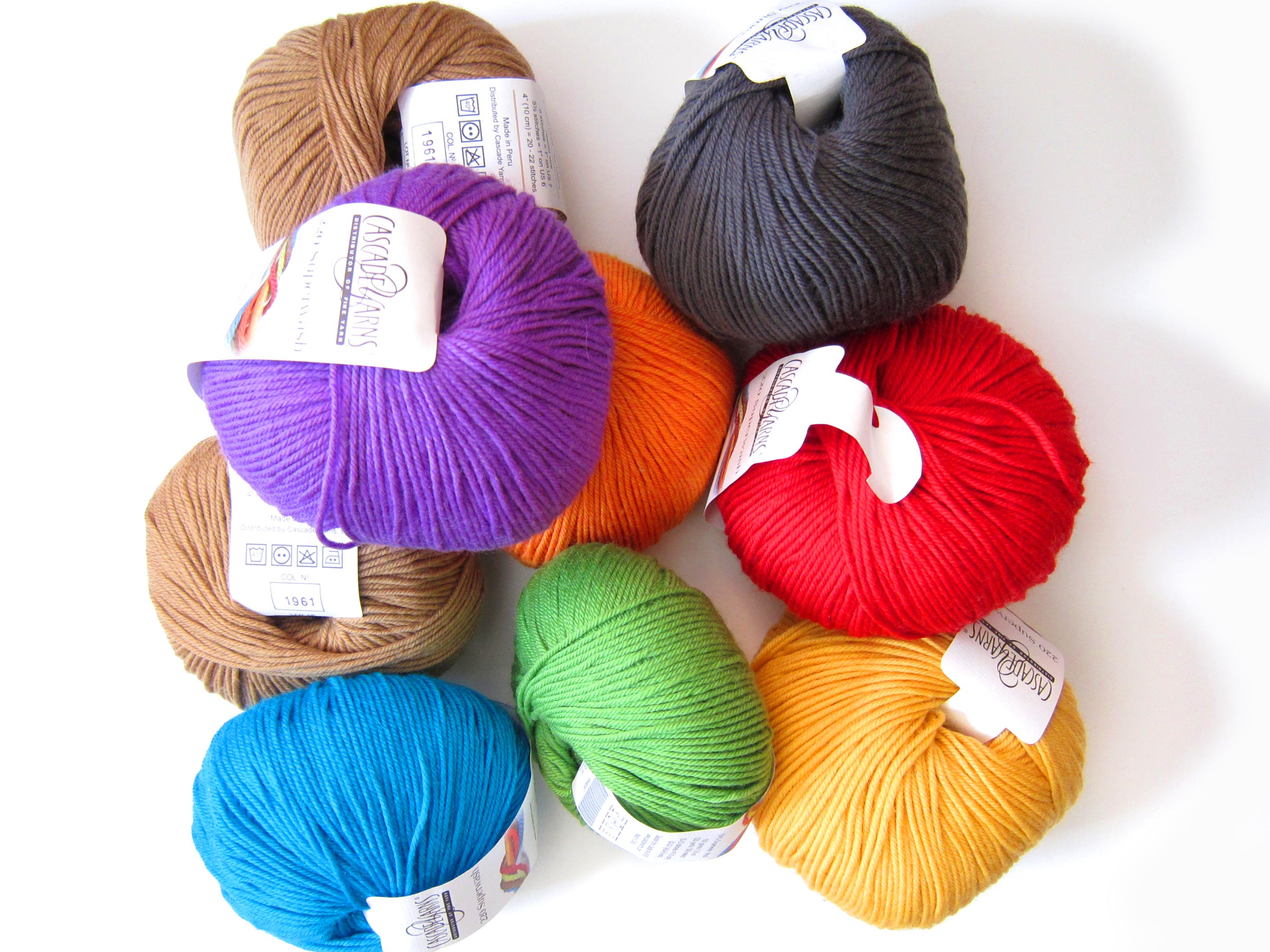
Today, I’ll chat about some tips for teaching children to crochet, what to expect from different age groups and profile an adorable young crocheter, Laurel!
What to expect from different age groups
In general, if your child can sit for a short period of time and manipulate a pencil, then they’re ready to learn to crochet. I’ve been crocheting since I was about 5 or 6.
It’s important to keep in mind that children at different ages will learn crocheting differently. Here’s a bit about what to expect from different age groups.
Age 4-8 years old
Children at this age are still mastering their fine motor skills and can’t confidently learn instructions by reading a book. They’ll learn best from hands-on teaching (i.e. you sit next to them, show them steps and guide their hands if needed).
It’s very typical for children at this age to spend a considerable amount of time chaining before moving on to stitches like single crochet, and that’s fine! Chaining is a perfect way to practice manipulating the hook. It’s important not to push children onto skills before they are ready, as this can lead to frustration.
Age 9-12 years old
Children at this age have quite good fine motor skills, and may be ready to learn semi-independently. It’s a great age for children to attend a crochet class, learn from an online video (see Laurel’s story, below!), or venture into learning from books. Learning to crochet solely from written instructions can be difficult for any age group (even adults!), so even if your child is a keen reader, expect to invest some one-on-one crochet time to demonstrate the basics.

It’s Laurel! Read her story, below.Children at this age are often excited to make a finished product, so they’re less likely to spend oodles of time chaining. Don’t worry if they want to move straight to an advanced stitch: they’ll naturally feel excitement about learning a new skill. It’s important to
emphasize that crochet takes practice, and that stitches won’t look perfect immediately.
Age 13+
Children of this age can’t drive and don’t pay taxes… but in the crochet world, they’re basically adults. They often take adult crochet classes (since they don’t have the attention difficulties or fine motor troubles of younger children) and are happy to learn unsupervised.
As is true of dealing with teenagers in any domain, the most helpful thing you can do is provide help if they need it, check in on their progress and show enthusiasm for their work.
Tips for teaching children to crochet
While there’s no curriculum that will work for everyone, there are a few basic tips that will help you teach your little one to crochet.
- Pick a suitable yarn and hook. Aim for a smooth, plain yarn. Avoid novelty yarns like thick & thin and eyelash. Even though they look fun, they’re difficult to learn on.
- Let the child pick their yarn (within reason, see above point). Children will be more excited to learn when they’re excited about their project, so let them pick out their favorite color!
- Allow children to move at their own pace. It’s most important that the child likes crocheting, because that’s the only way they’ll keep going! So, if it’s fun for them to make a really long chain, let them! They’ll move on to a new skill when they feel like it!
- Be positive. No matter how old you are, your first projects might look crooked and wonky. As the adult, be encouraging and marvel over the skills that have been acquired. Practice will make perfect!
Meet Laurel
As a teacher on Craftsy, I get the honor of ‘meeting’ oodles of fabulous students in my courses.
One of the students in my Amigurumi Woodland Animals class (a course designed for beginners) is Laurel, who’s just 11 years old!

Laurel’s mom is Joanna Johnson, a knitwear designer and author of a fabulous series of children’s books.
Laurel and Joanna obviously know a thing or two about successfully teaching/learning to crochet… and they were sweet enough to stop by for a chat!
Stacey: Do you have any advice for parents to encourage their children’s crafting?
Joanna (the Mom): Children, from a very young age, will take an interest in what interests you if only you allow them to. When Laurel was just 3, I gave her a small scrap of muslin stretched over a little embroidery hoop and a needle and red thread. While I sat and quilted, she sat and “scribbled” in stitches, which was really cute. As she got older, she tried her hand at a few different crafts, and it became apparent that although knitting is my favorite hobby, it isn’t hers. She was really interested in weaving, beading, and crochet, which I know little about, so I looked for resources for her to explore her own passions. It is important to let them explore different mediums, and to understand that what they love may not be what you love!
Stacey: How did you decide that you wanted to begin crocheting?
Laurel (11 years old): I knew a little bit about crochet and I wanted to expand my knowledge of crochet. Something I like about crocheting is that it is fun. It’s not always easy, but it’s really fun to finish something that you make.

Stacey: Was any part of the process difficult/frustrating?
Laurel: The first time I made the bluebird I had trouble getting started on the very first round, but then I figured out what I was doing I found crochet to be a good way to pass the time.
Stacey: Do you have any advice for other kids who are just starting to learn a craft?
Laurel: Just don’t panic if you make a mistake! If you get tired or frustrated just take a break and, for example, read a book. Then when you are ready, continue or replay the lesson to see it again.

And look at Laurel’s fabulous creations! Rock on!
Thank you so much, Joanna and Laurel, for giving your advice! I think they both hit the nail on the head. Parents: be supportive and encouraging. Kids: don’t panic and keep trying.







